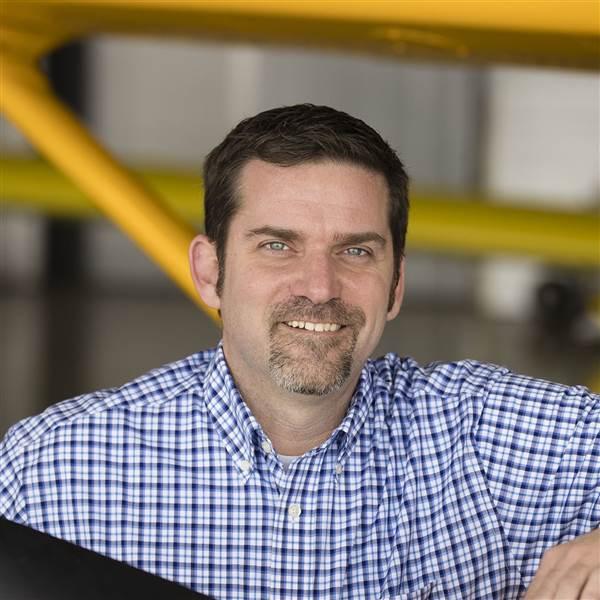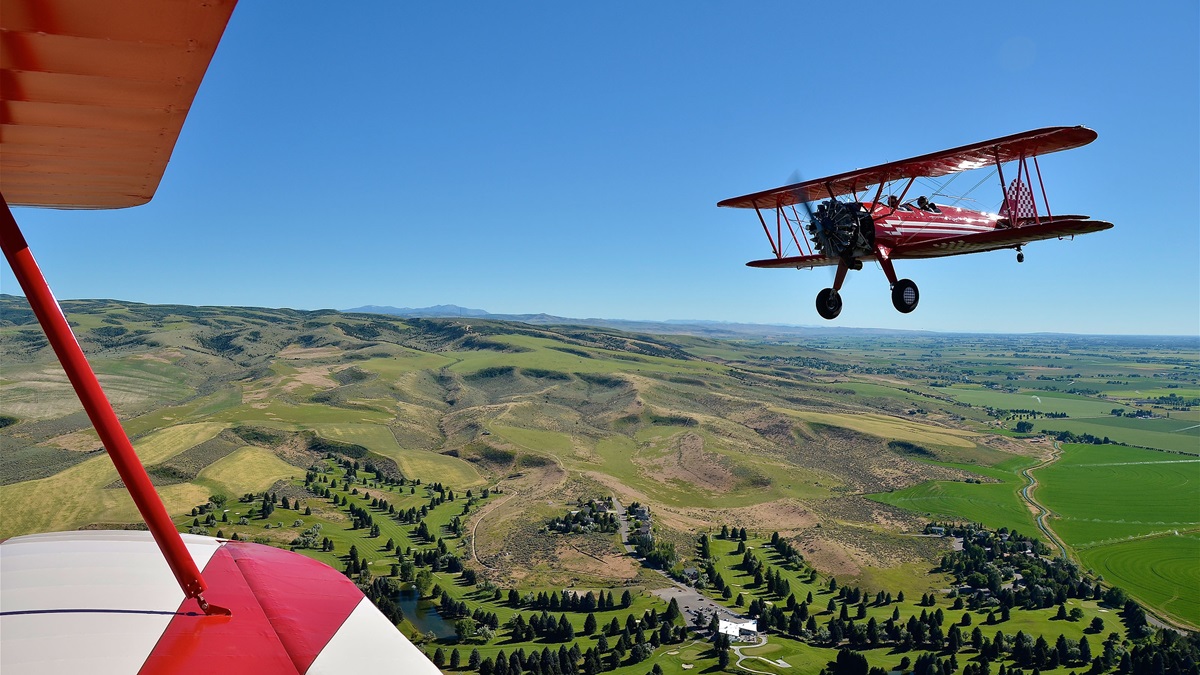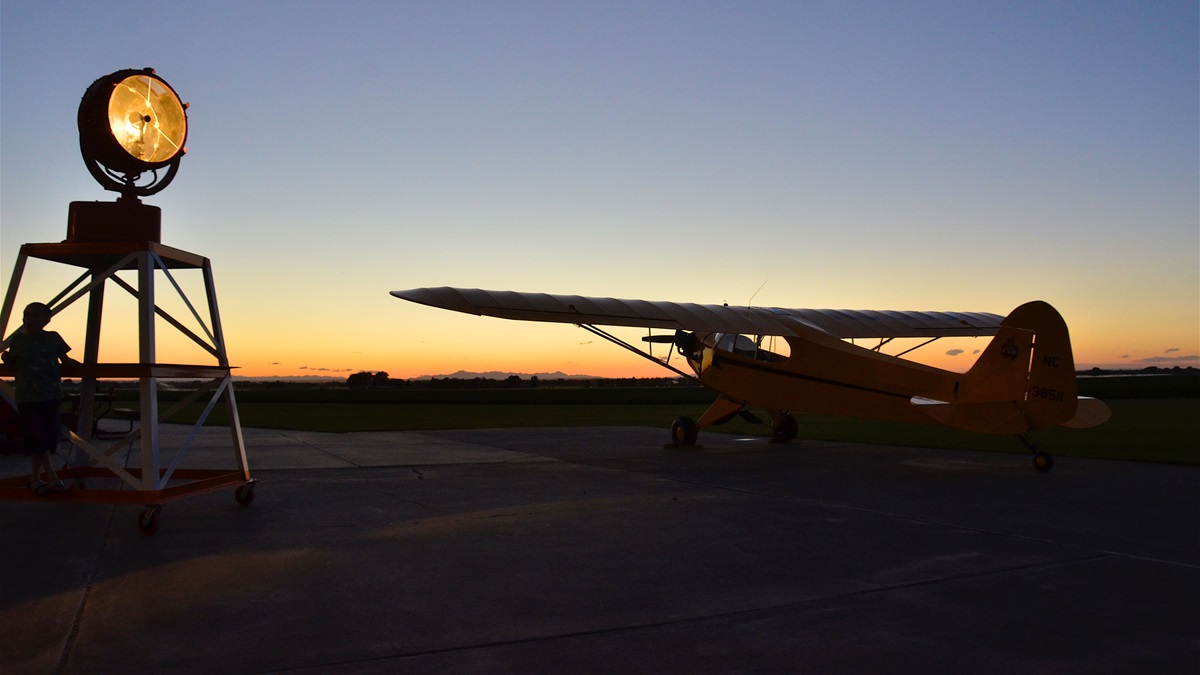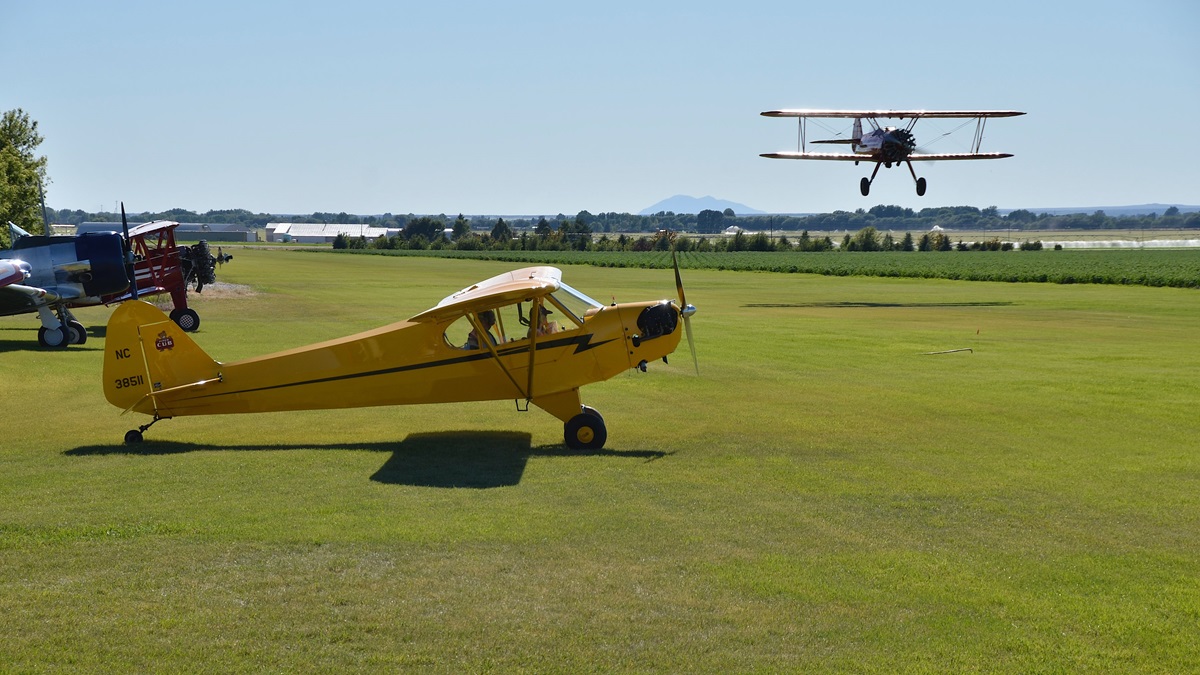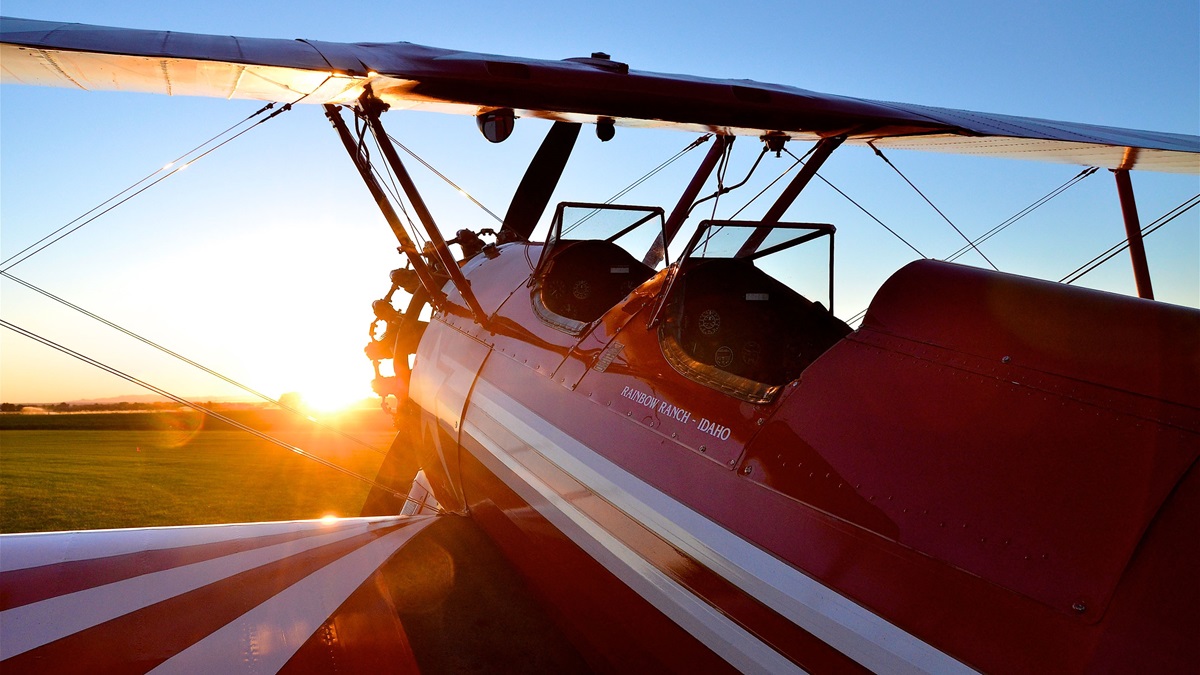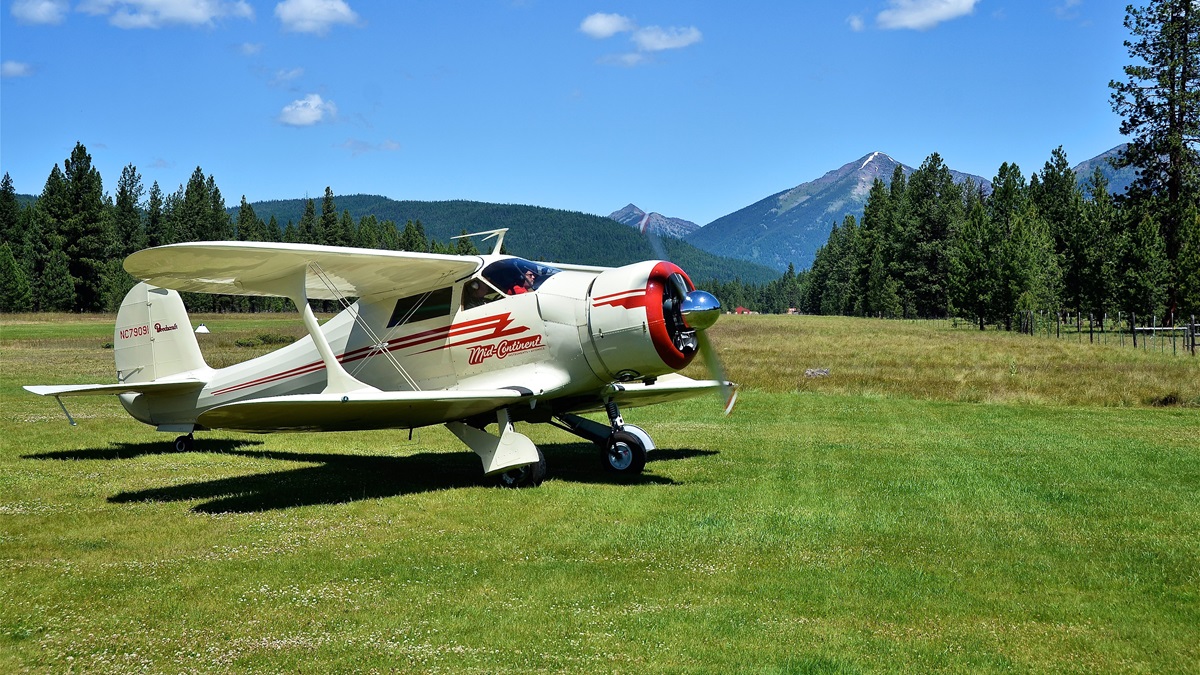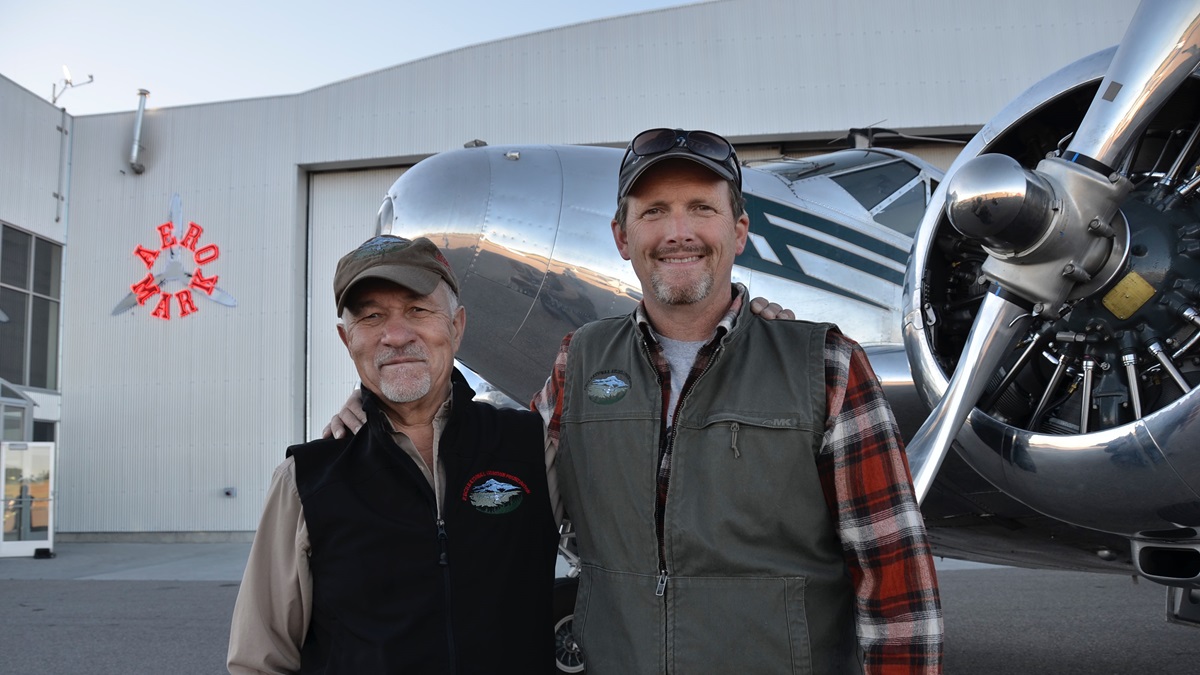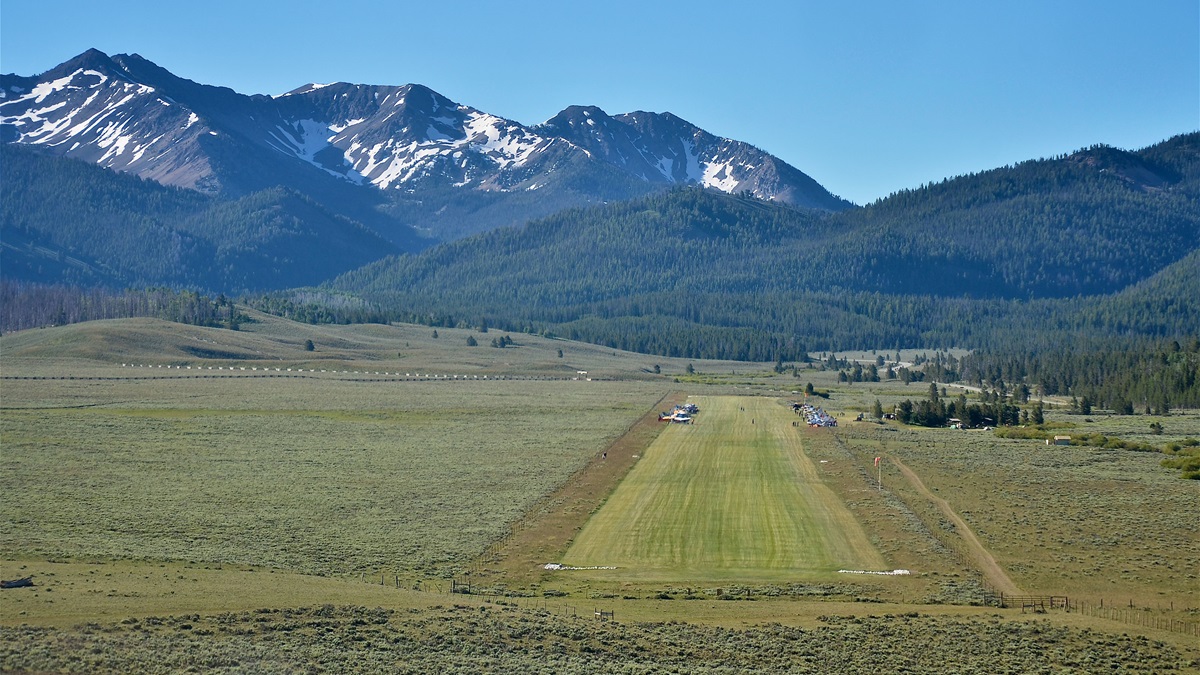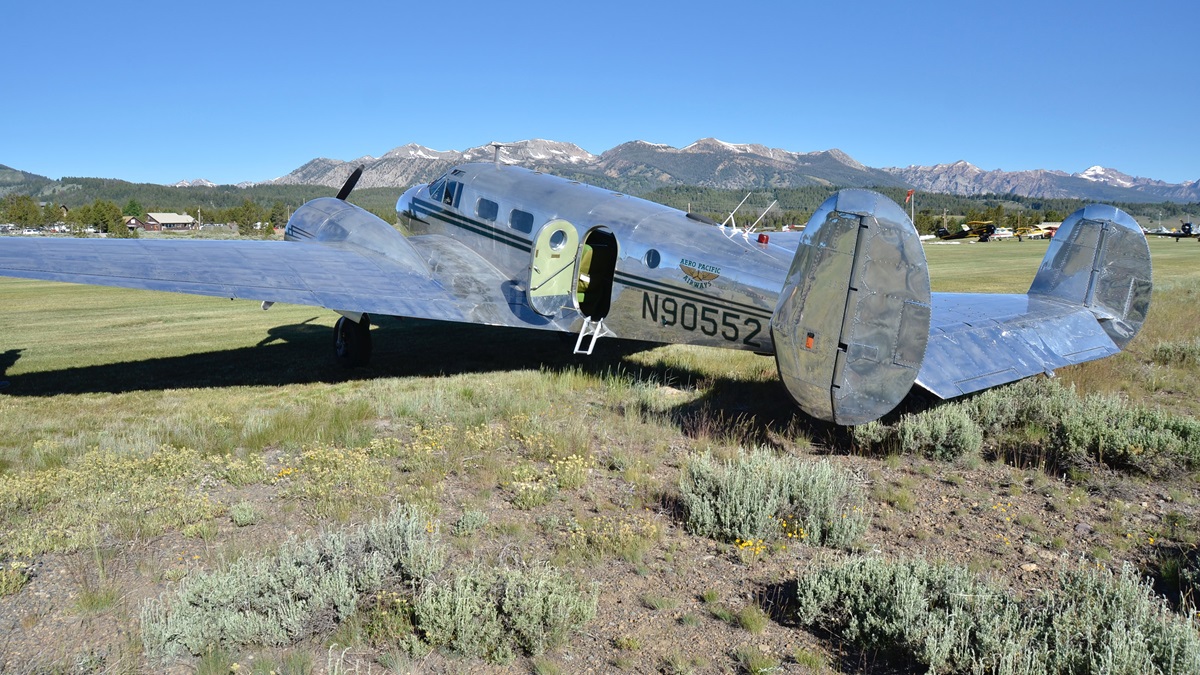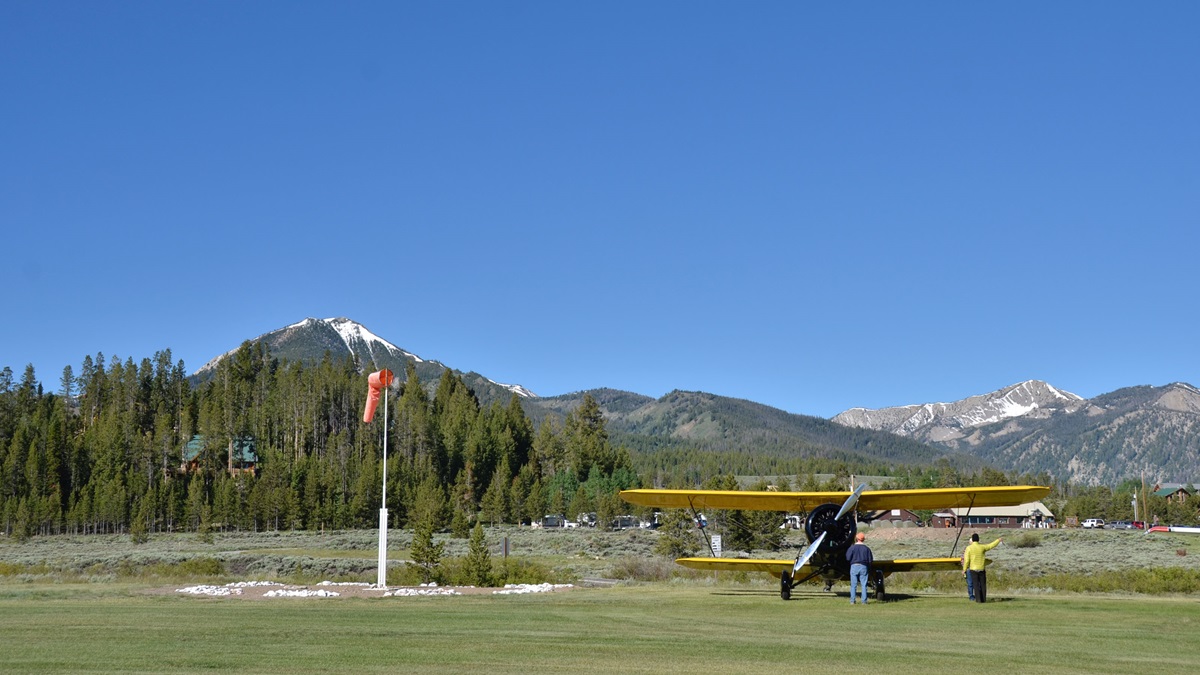'Let’s go commit some aviation'
Aero Mark’s Round Engine Round-Up is pure aviation
The beer and wine were tucked away in coolers to wait until the flying was over. As the sun set in a beautiful, cloudless sky over the Rainbow Ranch, an Idaho potato farm owned by Aero Mark’s founder, Bob Hoff, came alive as several dozen pilots and round-engine enthusiasts gathered eagerly along the edges of the 2,500-foot grass airstrip that cuts through the fields.
“Ever been in a Stearman?” Hoff asked. A silent pause marked with a smile was quickly addressed as Hoff motioned toward the aircraft. “C’mon,” he said. “Let’s go commit some aviation!”
All of these aircraft were part of the fifth annual Round Engine Round-Up June 23 through 26, where more than a dozen classic radial-engine aircraft gathered at Idaho Falls, Idaho, for a weekend of camaraderie, flying, storytelling, and celebration of some of aviation’s richest history. Seven Beechcraft Staggerwings, two twin Beech 18s, several Stearmans, and one homebuilt Howard (an improved version of the famous 1930's racer, Mr. Mulligan), flew in along with a handful of Bonanzas, a Cessna 180, and a Piper J-3 and a Super Cub.
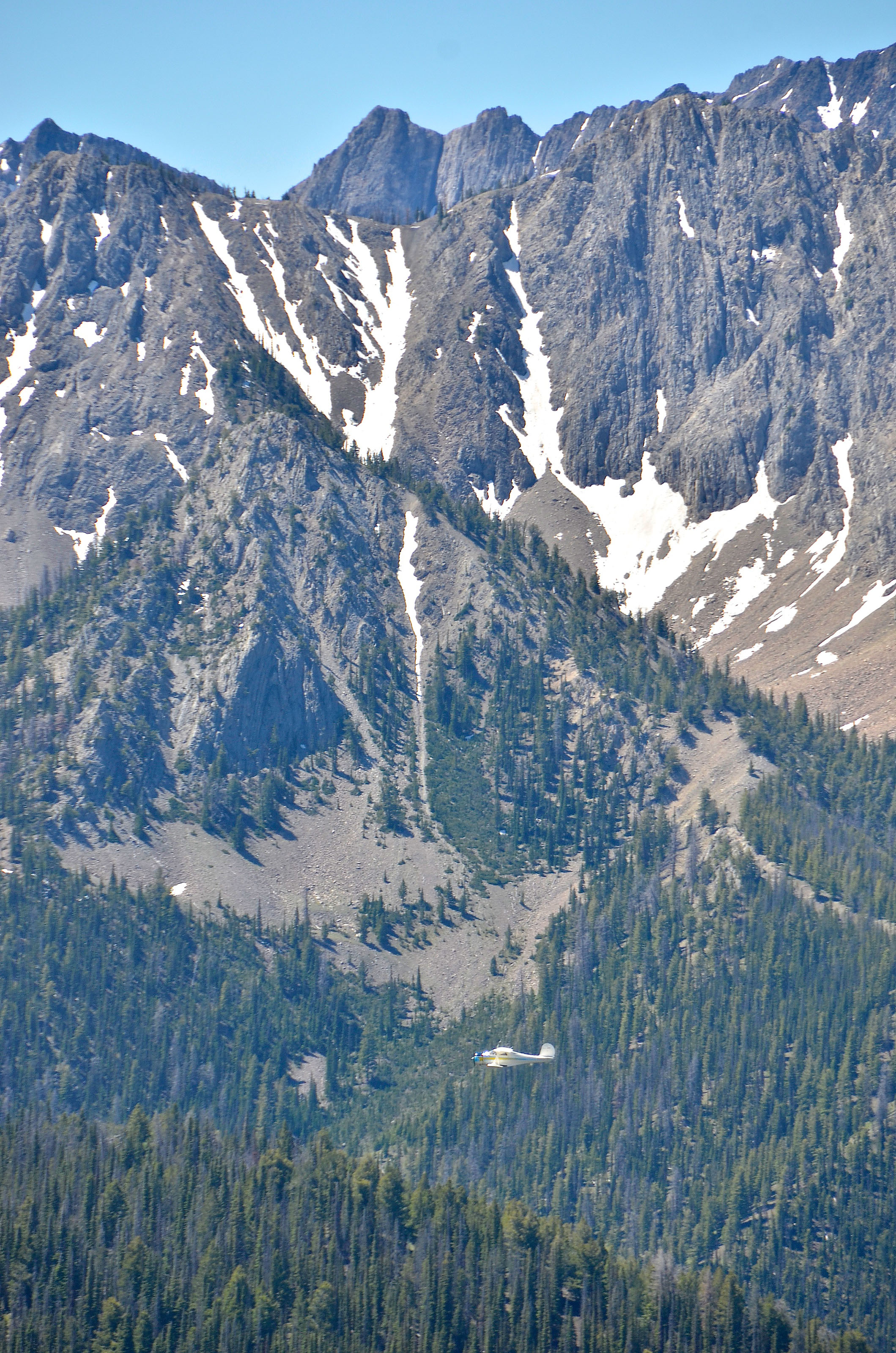
The Round-Up began several years ago as an informal reunion of childhood friends who had grown up visiting Tullahoma, Tennessee’s Beechcraft Heritage Museum while their parents built that world-class museum to honor the Staggerwing. Originally held at the immaculate grass airstrip in Seeley Lake, Montana, it quickly outgrew the capacity of the tiny airfield nestled at 4,256 feet in the mountains. The Hoff family—who also were a part of the original Beechcraft Heritage Museum clan—offered their FBO some 200 miles to the south in Idaho Falls to host the now formalized event. Hoff founded the FBO in 1984.
The Hoff family works together on their various ventures. Bob and Jane Hoff’s two sons are deeply involved: Thomas Hoff now manages day-to-day operations at the FBO, while James Hoff runs the family potato farm, Rainbow Ranch. Jane manages the accounting for the farm. Thomas and his wife Heather do much of the work to organize the Round Engine Round-Up.
Each year, the Round Engine Round-Up grows as more newcomers learn of the gathering.
“If you don’t feel welcome here and connected, there is something seriously wrong,” Wade McNabb, one of the event’s original founders, said with a grin. He was right—the hospitality and friendliness of the regular attendees toward their new guests was unmistakable. Several newcomers who came by themselves to the event were instantly drawn into friendship, offered airplane rides, and engaged in robust conversation. The event founders had an impressive ability to retain names of those they had just met, making everyone feel a part of the excitement.
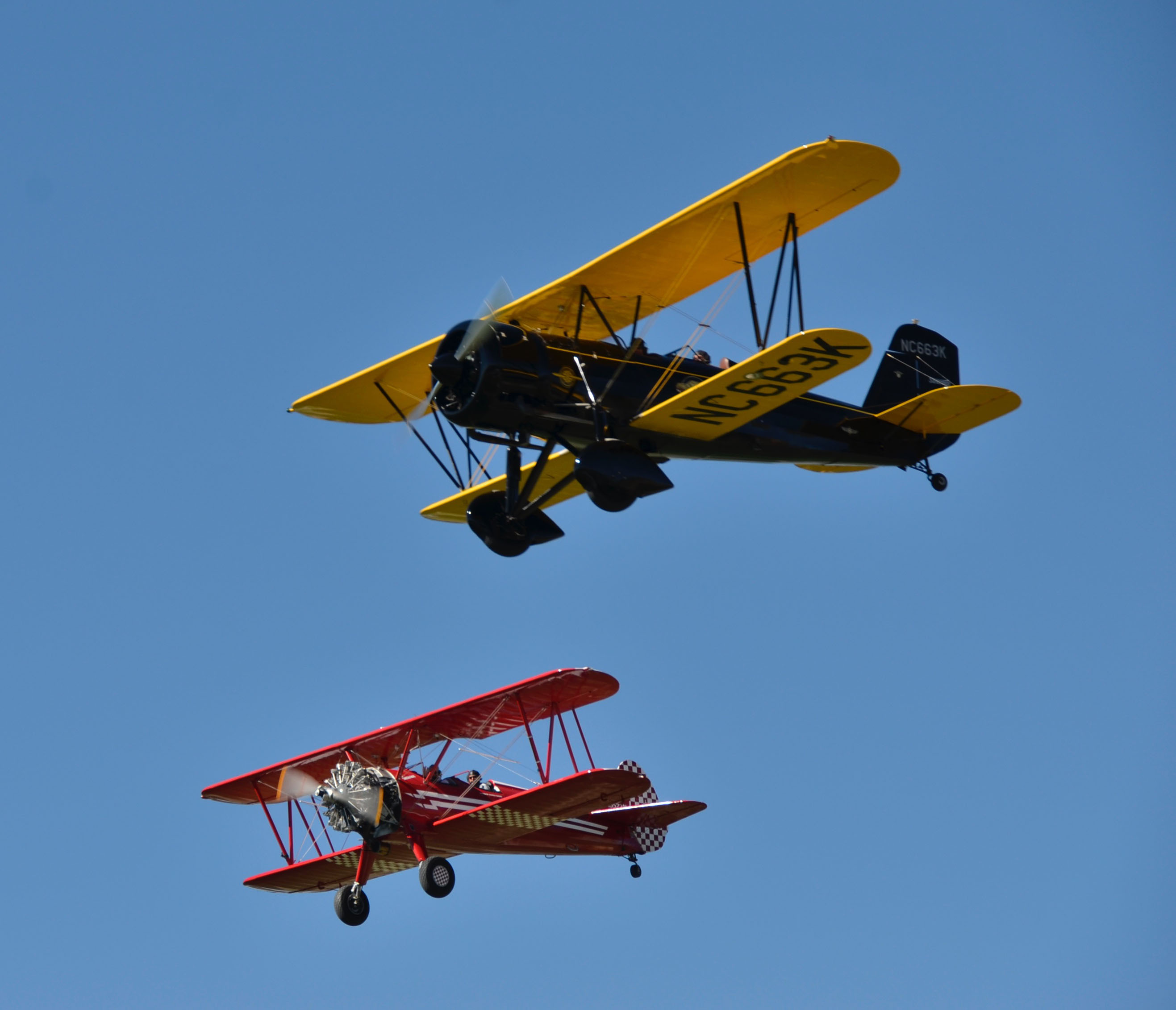
In addition to several tastefully catered meals, two fly-outs to remote grass airstrips were a part of the event. A Saturday morning flight to Smiley Creek, Idaho, had attendees meet up with the Recreational Aviation Foundation for home-cooked breakfast burritos under the shadow of the nearby 10,000-foot snow-capped mountain peaks of the Sawtooth Wilderness Area.
“This is what aviation is all about,” said Recreational Aviation Foundation president John McKenna as he addressed well over 100 attendees at the breakfast at Smiley Creek—from both the Round Engine Round-Up group as well as other aviators who flew in for the breakfast. A representative from the Idaho Division of Aeronautics also spoke, underscoring the state’s commitment to maintain backcountry aviation. Recreational Aviation Foundation Volunteer Coordinator Sarah Chandler said the breakfast event “is my favorite RAF event every year.”

On Sunday, a handful of diehard Round-Up attendees made their way back to Seeley Lake to stay in the Eagle Port Lodge adjacent to the airfield and dine at Lindey’s Prime Steak House, owned by one of the founders of the Round Engine Round-Up, Mike Lindemer, who also piloted the 1941 Piper Cub providing rides all weekend at the Hoff's airstrip in Idaho Falls.
Attendees to the Round-Up came from as far as Alberta, Canada; southern California; Ohio; and Virginia. Their love for aviation was unmistakable, their warmth and hospitality contagious, and their aircraft immaculately maintained. With formation flights, fly-outs, and hours of “hangar talk,” much aviation was committed in the Idaho and Montana mountains.
